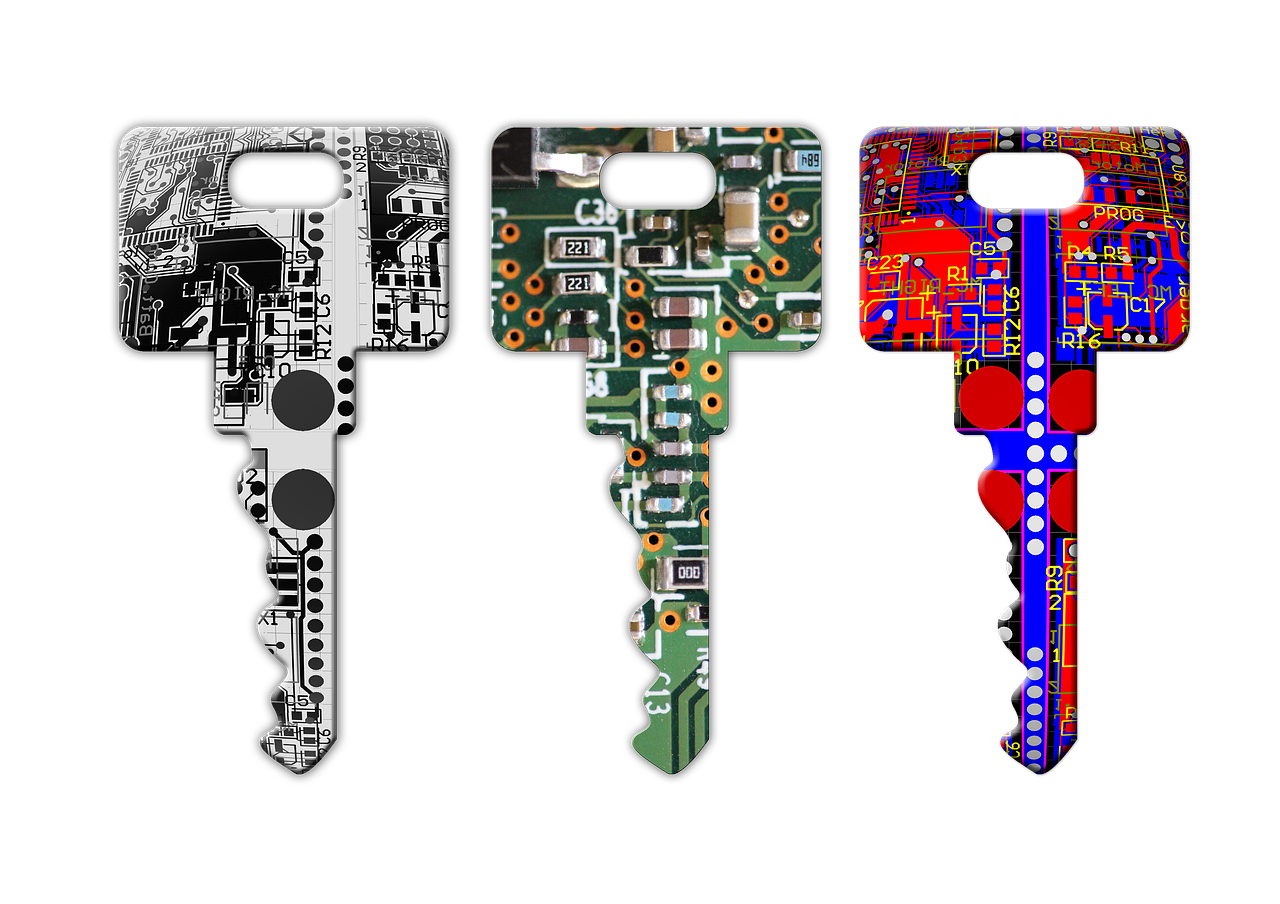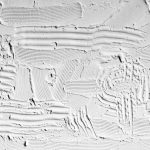Taking on quantum computers
What if quantum computers, with their high computing power, were already available: what would happen? How would quantum computing transform communications and the way they are encrypted? Romain Alléaume, a researcher at Télécom Paris, talks to us about his research for the future of cryptography.
A hypothetical quantum computer with its high computing power would be like a sword of Damocles to current cryptography. It would be strong enough to be able to decrypt a great number of our secure communications, in particular as they are implemented on the internet. “It poses a threat in terms of protecting secrets,” says Romain Alléaume, a researcher at Télécom Paris in quantum information and cryptography, who quickly adds that “such a computer does not yet exist.”
Read more on I’MTech: What is a quantum computer?
But a hypothetical threat to the foundations of digital security must not be taken lightly. It would seem wise to start thinking about cryptography techniques to respond to this threat as of today. The time required to develop, test and verify new algorithms must be taken into consideration when it comes to updating these techniques. “Furthermore, some secrets, in the diplomatic world, for example, need to be protected for long periods of time,” explains the researcher. We must plan to act now in order to be able to counter the threats that could materialize ten or twenty years from now.
The American National Institute of Standards and Technologies (NIST) launched a competition as part of an international call published in 2017. Its aim was to identify new cryptographic algorithms called post-quantum algorithms, which will replace those which are known to be vulnerable to a quantum computer, such as the RSA algorithm for example, which is based on the difficulty of factorizing large numbers.
Between quantum and post-quantum
There are two quite different ways to consider implementing safe cryptography even in the event of an attack by a quantum computer: post quantum and quantum. The first relies on mathematical algorithms and computational hypotheses. It is the same principle used in the traditional cryptography implemented today, but uses mathematical problems that researchers have good reason to believe are difficult even for a quantum computer.
Quantum cryptography security, on the other hand, is not dependent on the computing power of the attacker: it relies on physical principles. The quantum key distribution system (QKD) makes it possible to exchange secrets by encoding information in the properties of light, such as the polarization or phase of single photons.
“QKD won’t replace traditional cryptography,” explains Romain Alléaume, “their use cases, as well as the limitations of their use, are very different in nature. Let’s imagine that the attack is a car accident and cryptography is our safety system. We can think of traditional cryptography as the seatbelt, and quantum cryptography as the airbag. The latter is an additional safety feature for the critical functions that are not ensured by traditional cryptography.”
“The quality of the distributed secret with QKD provides a very high level of security which is not necessary for all communications,” adds the researcher, “but which can be crucial for increasing the security of critical functions.”
And it requires an optical communication infrastructure — typically fiber optic — but for now physical constraints limit its deployment. Optical link attenuation and noise significantly limit the portion of optical networks where it is feasible to deploy the technology. As of now, quantum communications are limited to ranges of 100 to 200 km on special fibers.
One of the challenges is to enable the deployment of QKD on shared infrastructures, and co-integrate it with telecom equipment as much as possible. This is the topic of the CiViQ project, one of the projects currently being carried out at Télécom Paris. “The ultimate goal,” says the researcher, “would be to share the network so that it can cover both traditional and quantum cryptography.”
Towards hybrid cryptography
The preferred approach is therefore to work with a well thought-out combination of computational cryptography – which will become post-quantum in the near future – and quantum cryptography. Aimed at redefining the border between the two, this will make the deployment of quantum cryptography possible in more frequent cases.
Romain Alléaume and his team are working on the Quantum Computational Timelock (QCT), which relies on traditional cryptography assumptions and quantum cryptography technologies. It is both computational, to distribute an ephemeral secret, and quantum to encode information in a large quantum state, meaning with a great number of modes. “We’ve shown that with this hybrid hypothesis, we can increase performance significantly, in terms of throughput and distance.”
The information exchanged is therefore locked for a short period of time, say one day. An important point is that this technique, if not broken the first day, will subsequently ensure long-term security. “The attacker won’t be able to learn anything about the information distributed,” says Romain Alléaume “regardless of his level of intelligence or computing power. As long as the model is verified and the protocols are built properly, we’ll have a perfect guarantee in the future.”
He reminds us that at present, “the challenge is to develop less expensive, safer techniques and to develop a real industrial cryptography system for quantum computing.” As part of the Quantum Communication Infrastructure (QCI) initiative led by the European Commission, the research team is studying ways to deploy quantum communication infrastructures at the industrial level. The OPENQKD project, in which Romain Alléaume and his team are taking part, is a groundbreaking project that will contribute to this European initiative by developing industry standards for public encryption keys.
[box type=”info” align=”” class=”” width=””]
The OPENQKD project
The OPENQKD project brings together multidisciplinary teams of scientists and professionals from 13 European countries, to reinforce Europe’s position in quantum communications. On the French side, project partners include Orange, Thalès Alenia Space, Thalès Six GTS, Nokia Bells Lab, Institut Mines-Télécom, CNRS and IXblue.
[/box]





Leave a Reply
Want to join the discussion?Feel free to contribute!